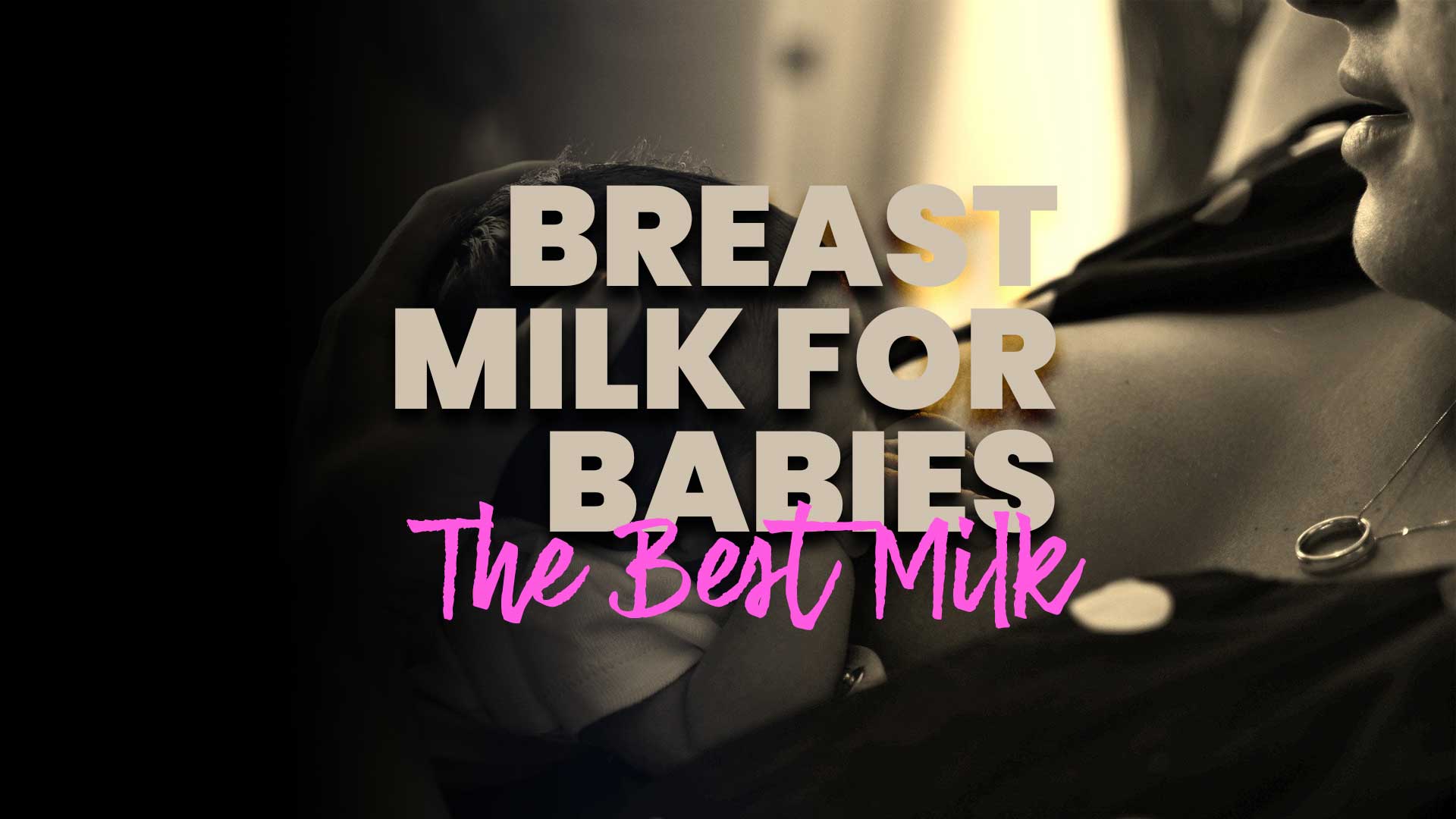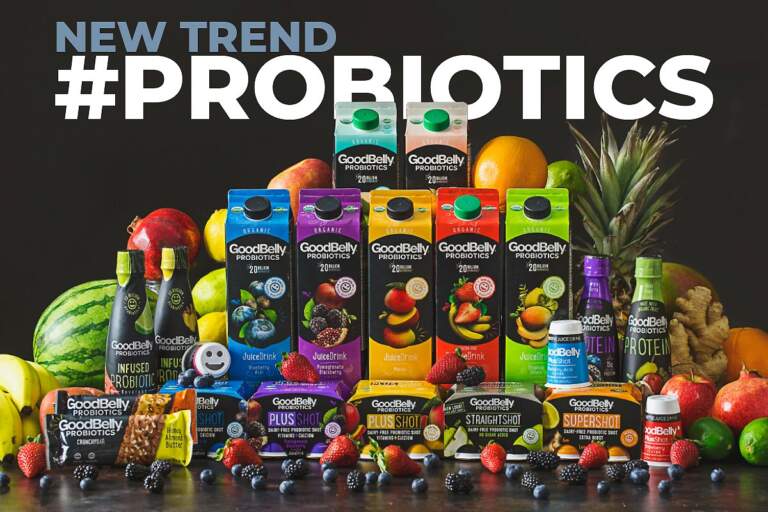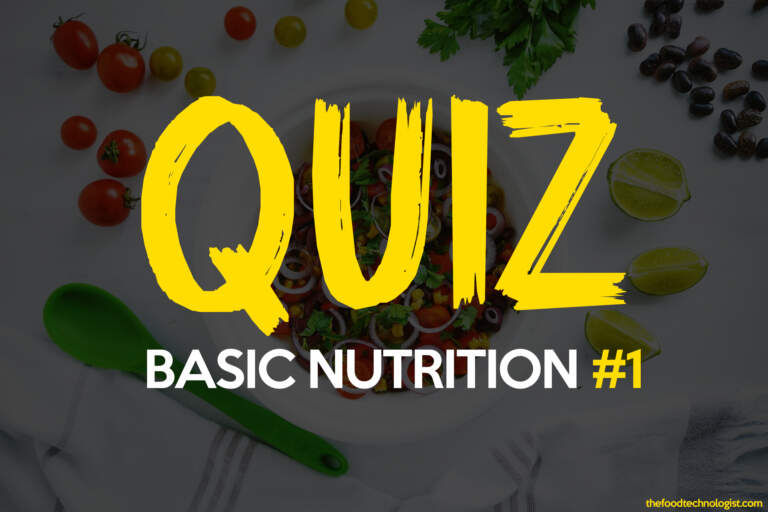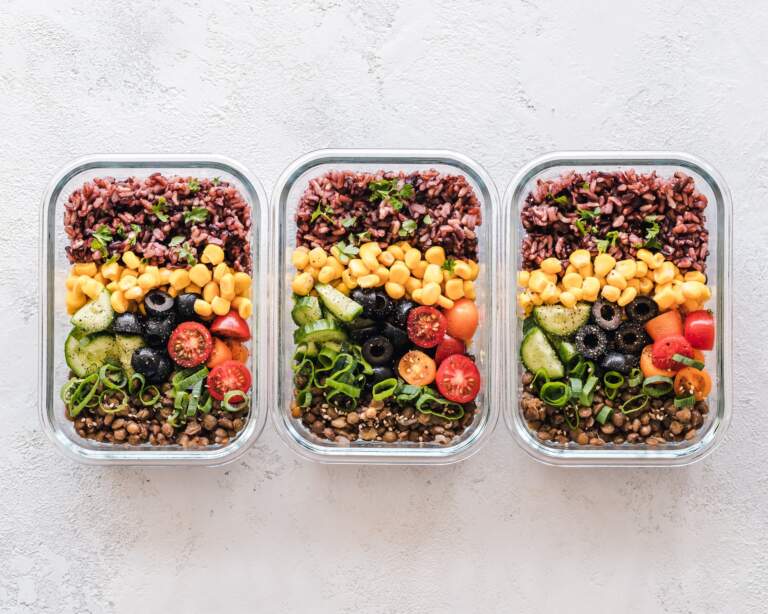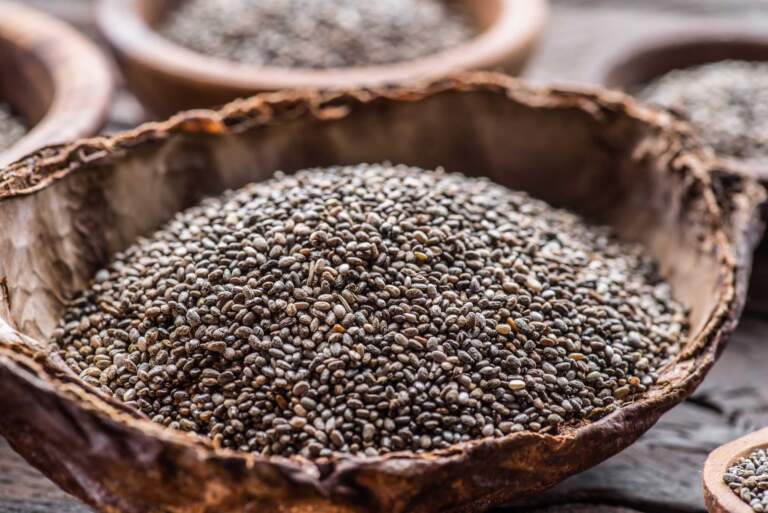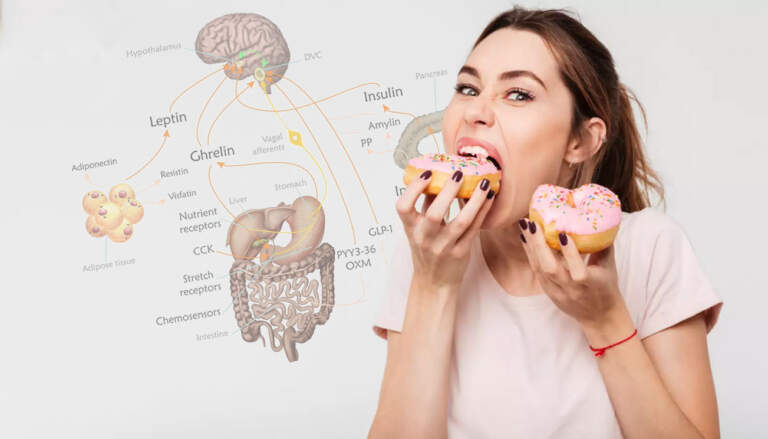The infant babies should be put to breast milk within half an hour after normal delivery and within four hours after caesarian sections. whereas pre-lacteal foods like honey, distilled water, or glucose should not be given.
In fact, These foods will satisfy the thirst and will reduce the vigor to suck and may lead to diarrhea and helminthic infection. Although Breastfeeding can be initiated even when the mother is sedated or on IV fluids, However sucking reflex is most active at birth.
Also, breastfeeding is associated with a reduced need for hospitalization and improve child survival. Research indicates that breastfeeding must be maintained until the infant is at least 3 months of age in order to get protection.
Colostrum: Breast milk for babies
During the first 2-3 days after delivery thick and yellowish fluid is secreted from the mammary gland. Also, This differs from the regular milk and is called colostrum, It is secreted in small quantities of about 10-40 ml. Also, it is rich in protein, The total fat content of colostrum is less than mature milk. Concentration of arachidonic acid and docosahexaenoic acid (DHA) as percent of total fatty acid is higher in colostrum than mature milk.
It has more amount of vitamin A and K, The concentration of lactose is also less. The levels of niacin, pantothenic acid, biotin, and riboflavin are also low. Moreover, Vitamin C is secreted in the same levels as in mature milk including Zinc content of colostrum is 20 mg/L. whereas mature milk has 2.6 mg/L.
The composition of colostrum (Values per 100g)
| Nutrient | Amount |
| Energy (Kcal) | 58 |
| Fat (g) | 2.9 |
| Calcium (mg) | 31 |
| Phosphorus (mg) | 14 |
| Iron (g) | 0.09 |
| protein(g) | 2.7 |
| lactose(g) | 5.3 |
| Carotene I.U. | 186 |
| Vitamin A.I.U. | 296 |
In fact, Colostrum is the first immunization to the infant, It contain interferon like substance which possess strong antiviral activity. colostrum contains antibodies against viral diseases such as smallpox, polio, measles, and influenza. While Enzymes like lysozyme, peroxidase, and xanthine oxidase that promote cell maturation are found to be more in colostrum. In addition, colostrum helps the baby pass his or her first stool. Significantly As it contains B12 binding protein which enables the growth of E.coli and other bacteria too.
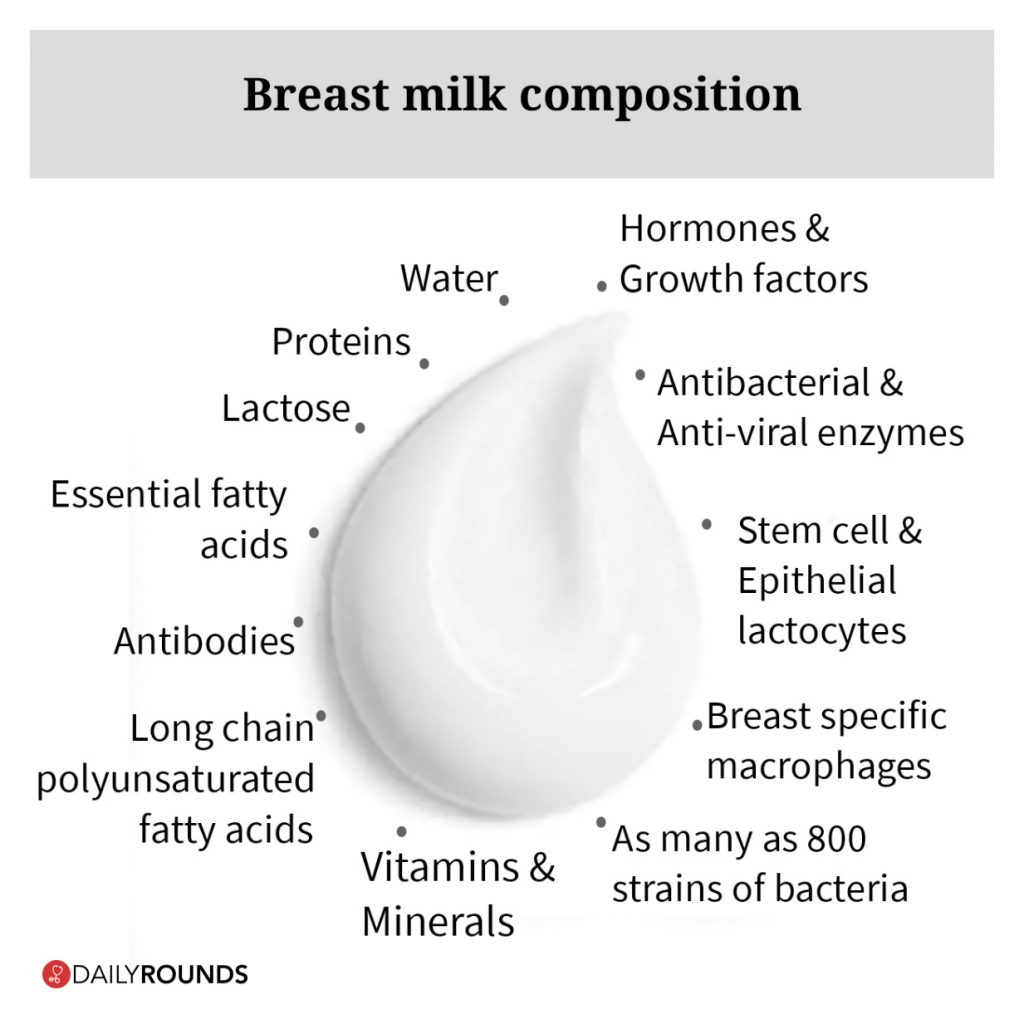
Advantages of breast milk feeding for babies
Breast feeding is not only beneficial to infant but also to the mother.
Nutritional benefits:
The composition of human milk is best suited to the infant and also, provides nutrients in easily digestible and bioavailable form.
The composition of human milk (Values per 100g)
| Nutrient | Amount |
| Water (g) | 88 |
| Energy (Kcal) | 65 |
| Fat (g) | 3.4 |
| Carbohydrate (g) | 7.4 |
| Calcium (mg) | 28 |
| Phosphorus (mg) | 11 |
| Thiamine (mg) | 0.02 |
| Riboflavin (mg) | 0.02 |
| Vitamin C (mg) | 3 |
| protein(g) | 1.1 |
| Carotene I.U. | 137 |
Hormone and growth factor benefits:
In addition, Breast milk is a rich source of hormones likewise thyroid-stimulating hormone(TSH), thyroxine, parathyroid hormone, corticosteroids, calcitonin, erythropoietin, and oxytocin, growth hormone-releasing factors, growth-promoting factors, and growth modulators. Also, the Epidermal growth factor enhances the maturation of infants’ gastrointestinal tract.
Immunological benefits:
In fact, Human milk provides cellular components and humoral factors. However, Breast milk for babies contains interferons which play an important role in infants transition from passive to active immunity. Also, Secretary IgA plays a major role in defending an infant against viruses, bacteria, other pathogens, and harmful food components in the first few days of life.
In Addition, The lactobacillus Bifidus factor present in human milk encourages the growth of microorganisms, and produces acetic acid or lactic acid from lactose, and depresses the growth of disease-producing organisms like Escherichia coli.
Also, Para amino benzoic acid is absolutely essential for the erythrocytic stages of the malarial parasite. As well as lack of PABA in human milk inhibits malaria, Lipase kills bacteria, Bile salts stimulates lipase which kills amoeba and giardia.
Psychological benefits:
An infant derives a sense of security and belonging in the mother and child relationship from the comfort of being held then from the feeding process. Mother also feels that she is involved in a unique process for which there is no substitute. Breastfeeding also provides in a mother a sense of calm and satisfaction which favors the production of required hormones.
Economic benefits:
It is also economical to breast-feed, commercial preparations are expensive. However, In artificial feeding money has to be spent not only on the milk or milk powder but for sterilizing the equipment also. However, By breastfeeding, one can save from gastrointestinal and respiratory diseases.
Infant and child morbidity:
Coupled with few Studies confirm that the relationship between breastfeeding and reduced risk for childhood asthma, childhood leukemia, childhood obesity and malalignment of teeth, and Sudden Infant Death Syndrome (SIDS). Moreover, Infants fed by human milk substitute are more prone to gastrointestinal illness, respiratory illness, and inflammation of the middle ear cavity.
Advantages to the Mother
1. In fact, Breastfeeding is an important birth control method, prolactin stimulates milk production, decreases the synthesis of ovarian hormones hence the cost-effective method of family planning.
2. The uterus comes back to the normal position when the mother feeds the infant and arrests bleeding due to the secretion of oxytocin.
3. In particular, Breastfeeding enables the mother to shed the extra weight accumulated during pregnancy under the effect of various hormones
4. Also, It is convenient for mothers to administer at any place and time, saves money, time and energy.
5. In fact, the risk of breast cancer is higher in women who have not breastfed their children.
6. By breast feeding, Even though decreases insulin requirement for a diabetic mother.
In general, Breast milk feeding is also cost-effective and socially beneficial health practice. Breastfeeding is a natural resource that is renewable with each pregnancy. Also, It is one food that makes a complete meal, it is always ready, with no preparation and no leftovers.
Whenever, microbiologically it is sterile, less danger of contamination and gastrointestinal problems. However, Human milk is always fresh and at the right temperature and has optimum fluidity. There is evidence to suggest that breastfed babies have better cognition and IQ scores later in life.
Source:
- B. Srilakshmi, Nutritional and food requirements for Infants, Dietetics (2011) sixth edition, New age international (P) Limited.
- Patel JK, Rouster AS. Infant Nutrition Requirements and Options. [Updated 2020 Aug 14]. In: StatPearls [Internet]. Treasure Island (FL): StatPearls Publishing; 2020 Jan-. Available from: https://www.ncbi.nlm.nih.gov/books/NBK560758/

